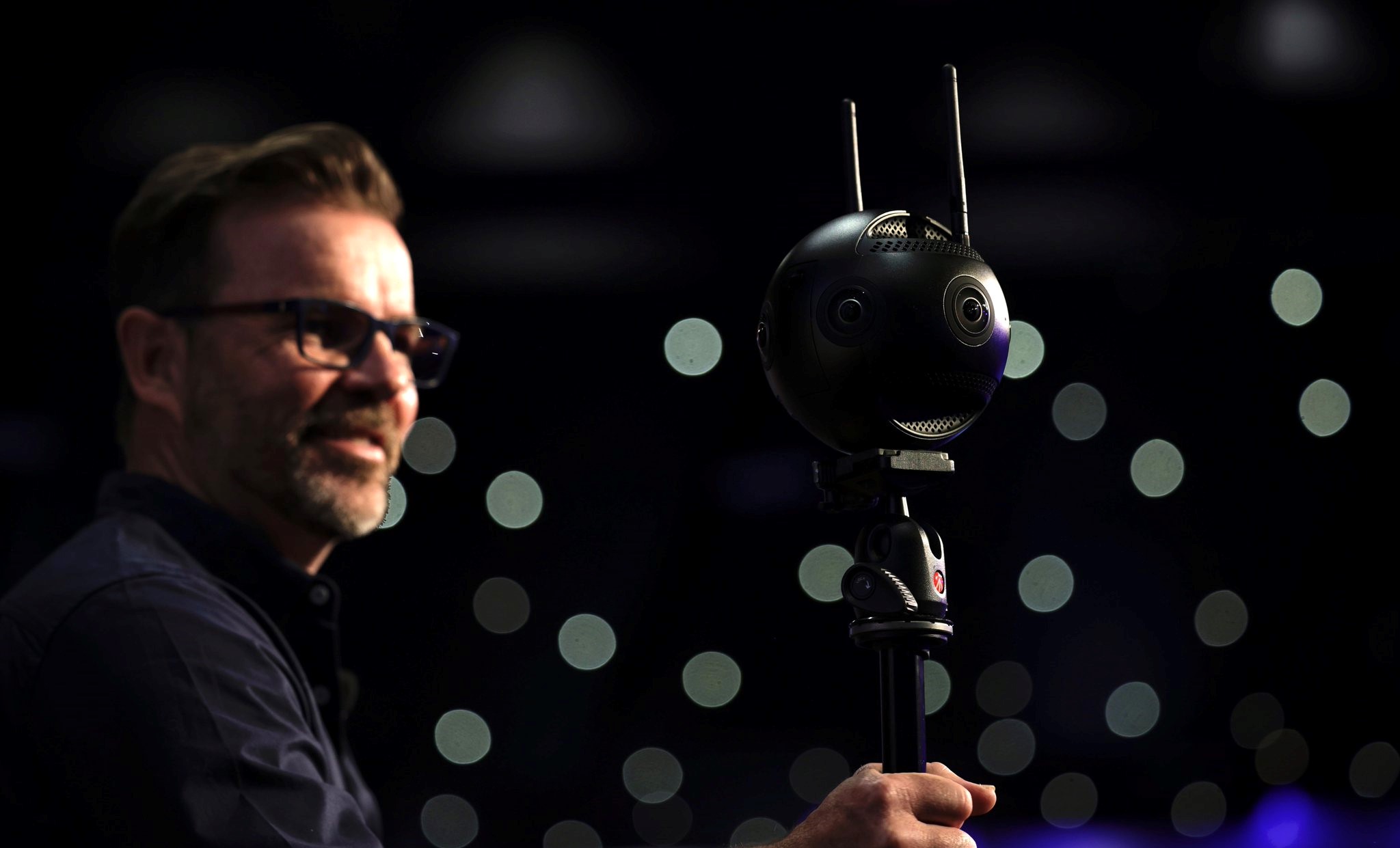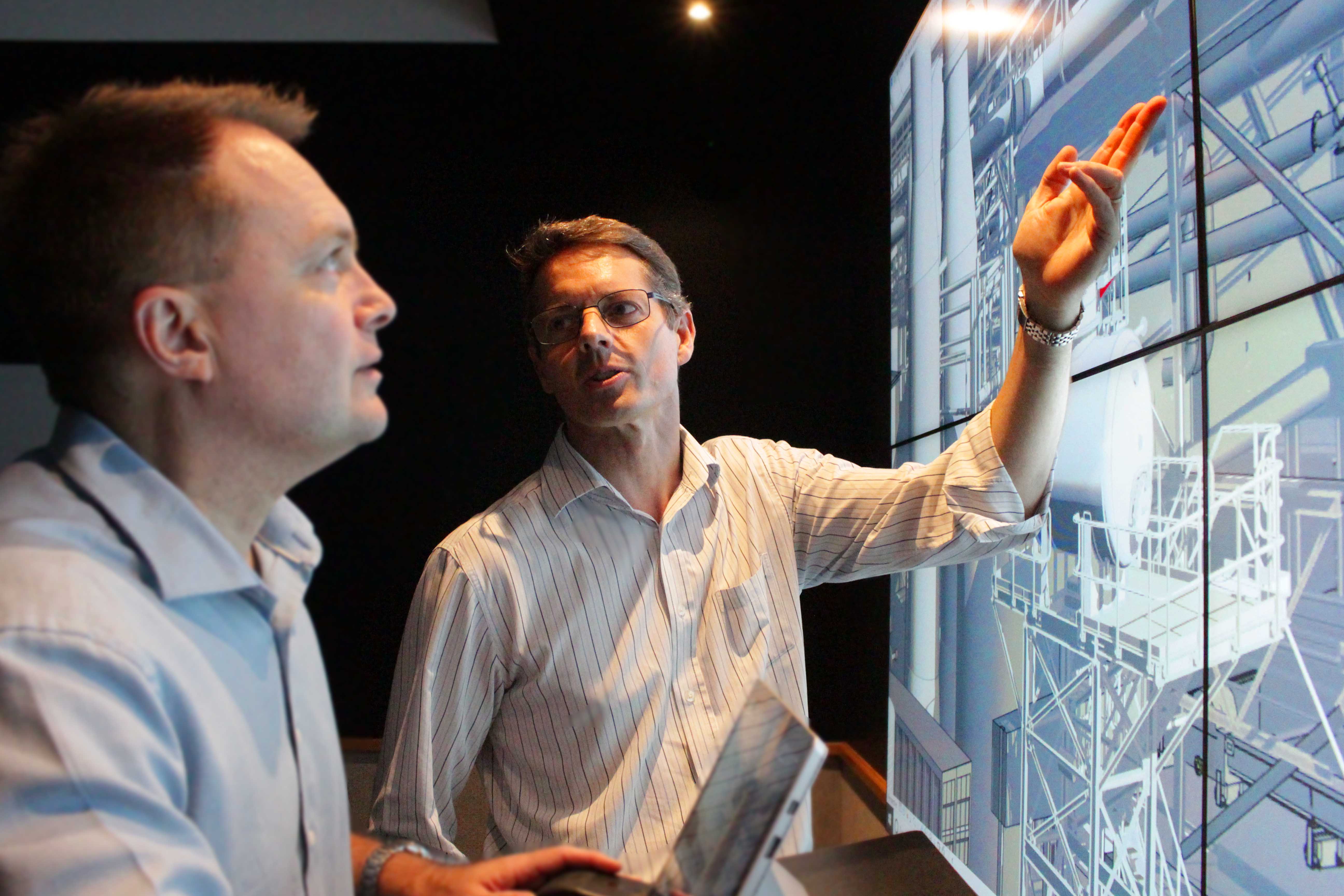Hundreds of people from across Australia recently headed to the inaugural Australian Meat Processor Corporation’s (AMPC) Innovation Showcase in Melbourne. We were there as sponsors, and to learn about the latest technology being cooked up by AMPC’s research providers. The theme for the event was “the future of red meat processing,” so as you’d expect were some really interesting, innovative developments on show.
“It’s an exciting time for red meat,” says Nekta Nicolaou, Wiley Senior Project Engineer. “We’re moving through the next phase of digitisation and these changes are making their way into how carcasses are graded, how cartons are checked, and how training programs are run.”
Here’s some detail on those three technologies and what that means for your business.
What VR, AR and AI mean for meat.
VR and AI are no longer futuristic possibilities. They’re both here right now and changing how we do business. For example, an Adelaide-based company called Think. Digital were showcasing a VR headset that transports the user into a pen full of lambs. By walking around the pen, the player looked for early signs of disease among the flock. This is part of a training program so farmers in regional areas can learn what physiological and behavioural signs animals exhibit when they’re sick. There’s no flying out experts or travelling required. With just a pair of VR goggles and an internet connection, remote farmers can get specialist hands-on training right now.
AI is also a big part of that shift. Neural networks can be trained to look for very subtle sings of illness at its earliest stages, which will soon mean that a farmer just needs a camera phone to correctly diagnose an issue.

Trend forecaster Michael McQueen sharing four biggest disruptors heading our way. All photos courtesy of AMPC
We no longer need people to grade carcasses.
Traditionally a person has decided the eating quality of a particular carcasses, but the last 12 months has seen a proliferation of new grading technologies accredited against AUS-MEAT and MSA standards. Now a camera wired to a few probes can automatically gauge the value of an animal. This technology is commercially available right now, so it’s simply about market adoption.
Traceability, quality control and AI.
German-based sensor company Sick has developed technology that can check the contents of a carton against the information on the carton’s bar code. The machine is essentially a mounted camera that uses image-recognition AI to identify various cuts of meat in a box and cross-reference that info with the bar code. As with the previous two technologies, this is commercially available now and can significantly improve product integrity and traceability.
The above is just a fraction of what’s out there.
At Wiley, our goal is to be experts in all things meat. As Nekta says, “Understanding what technology is available and on the horizon is a vital part of our business. It allows us to future-proof our designs for meat-processing facilities, and to recommend the latest, most efficient solutions to our clients.”
It’s for this reason that the three examples are just a fraction of what’s out there. So if you’d like to know more about what’s possible, please don’t hesitate to get in touch.




